Ineos, whose wider empire includes a hydrogen production company, admits that however desirable hydrogen might be as a fuel of the future, there is currently no commercial demand for a hydrogen-powered car nor an infrastructure to support it.
Should legislation change to accept that electric cars are not a one-size-fits-all solution for future powertrains, a production version of the Ineos Grenadier hydrogen prototype it has created could appear in the 2030s, according to Ineos Automotive CEO Lynn Calder.
"I believe it can be a strong part of our mix in the future but we're some way off that," said Calder, who reiterated hydrogen’s appeal in mimicking internal combustion engine cars for fill-up times and range.

For now, such a car exists as a one-off prototype that took just 11 months to develop and is about to embark on a world tour to show the qualities and relevance of hydrogen as a future fuel.
Hydrogen is so well suited to heavy-duty off-road vehicles like the Grenadier, unlike a battery-electric solution that would make it “too heavy off road, limit towing and [create] the issue of charging in the middle of nowhere”, said Calder. To that end, Ineos sees potential use for “emergency services, NGOs, border forces”.
Ineos leverages its existing powertrain relationship with BMW to source the 115kW fuel cell (which sits under a bonnet that itself gets a distinctive large bulge to accommodate it) and two 2kg hydrogen storage tanks that are placed in the ladder chassis. In this prototype it's good for a range of 200km (124 miles), a figure that would be trebled for production.

The rest of the drivetrain is of Ineos's own design and includes a drive battery in the boot and three electric motors: two for the rear axle providing independent drive to each rear wheel and one on the front axle. A single mechanical diff lock remains at the front but otherwise it's all down to the electrical software and hardware to control drive and propulsion.
We do a couple of loops of the off-road course at Utac Millbrook – minus the big water hazard, as the prototype is not yet configured for wading (it would be for production) – which is pretty tame compared with the Schöckl mountain pass in Austria that Ineos uses to develop its models, but it still gives a good flavour of the character.
Driving this very special Grenadier feels like playing a video game on the easy setting in the way it tackles an off-road course. It is so smooth to drive over all the hazards and different terrains, making progress easy. Just point and shoot.

In the words of chief engineer Pamela Amann, who sits next to us for our drive, it's a "beginner off-roader", yet it is no less impressive for it. The silence from the drivetrain actually gives you more feel over hazards as you recognise how the wheels are reacting to allow you to adjust inputs accordingly.
A back-to-back drive in a petrol-powered Grenadier reveals the two are equals off road in their capacity to traverse different terrains and hazards, but in the hydrogen model you can be that bit more precise in your control inputs.
Amann said that should you get into trouble, that extra level of precision ought to help you get out of it that bit easier as torque won't be sent to a wheel without traction. A production version may also do away with the need for a front diff lock altogether and get an extra motor on the front axle to give each wheel individual control.
It's a fine margin between dumbing down and making something more accessible, and it's one this version of the Grenadier straddles nicely in what it does to the off-road driving experience. “Hydrogen is hugely exciting,” said Calder, “as you can have a car that has all that capability but is net zero.”



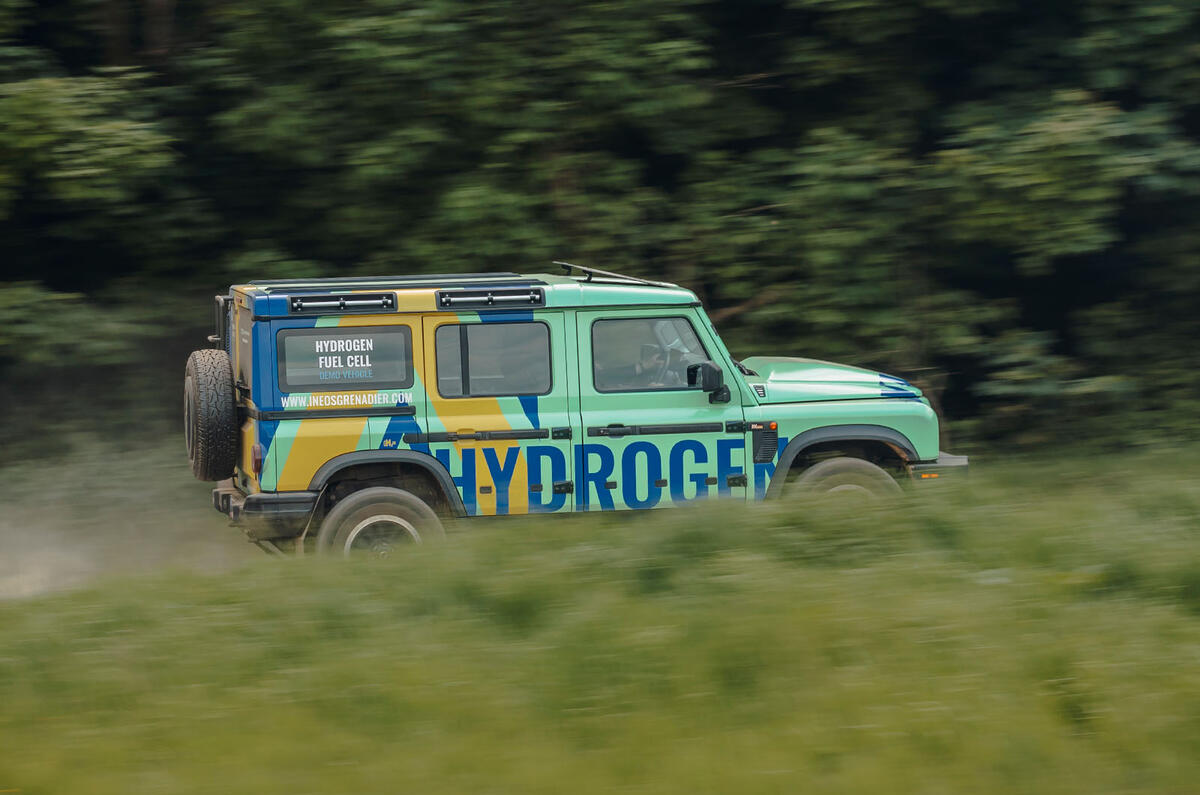


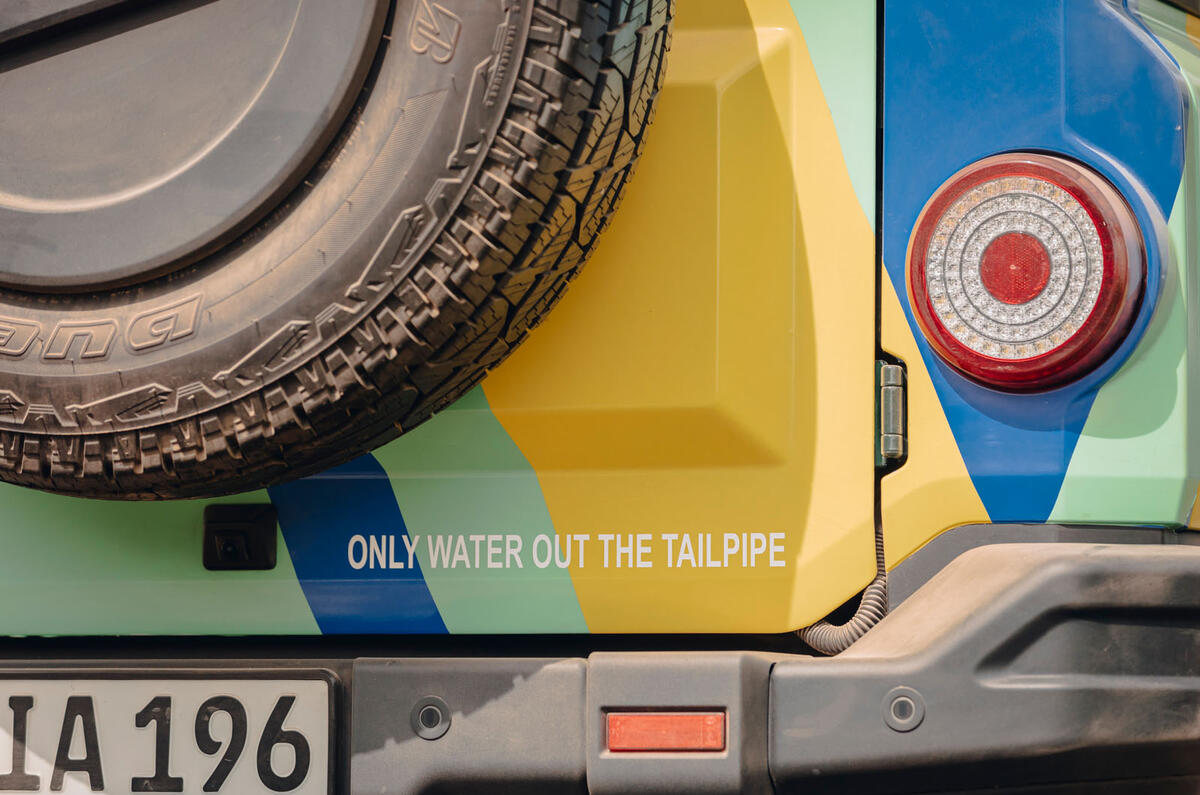

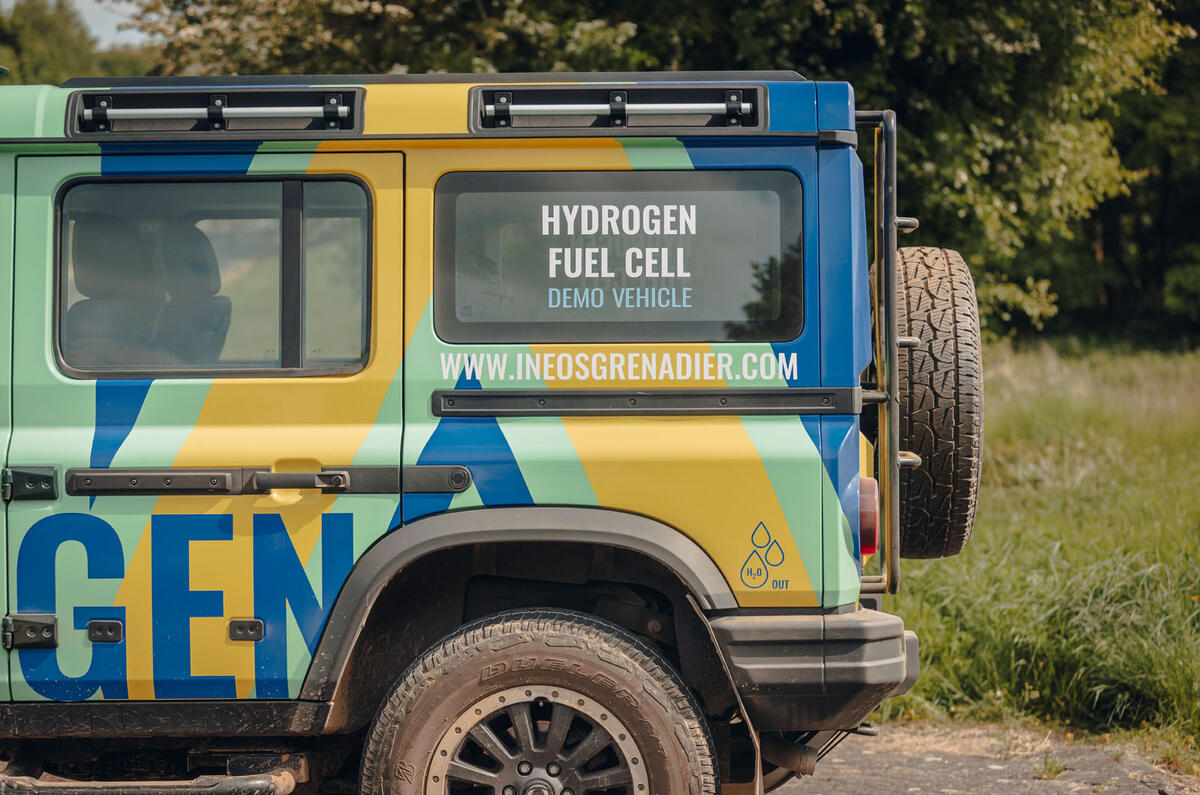
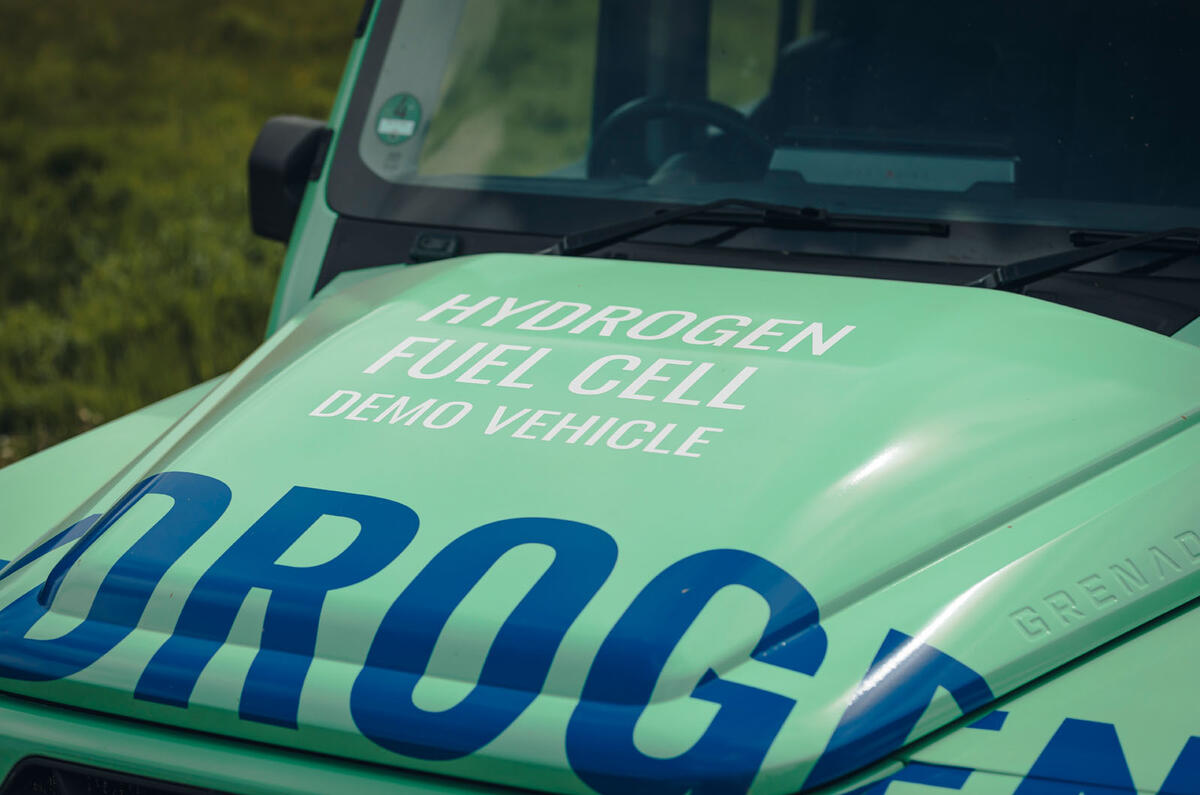

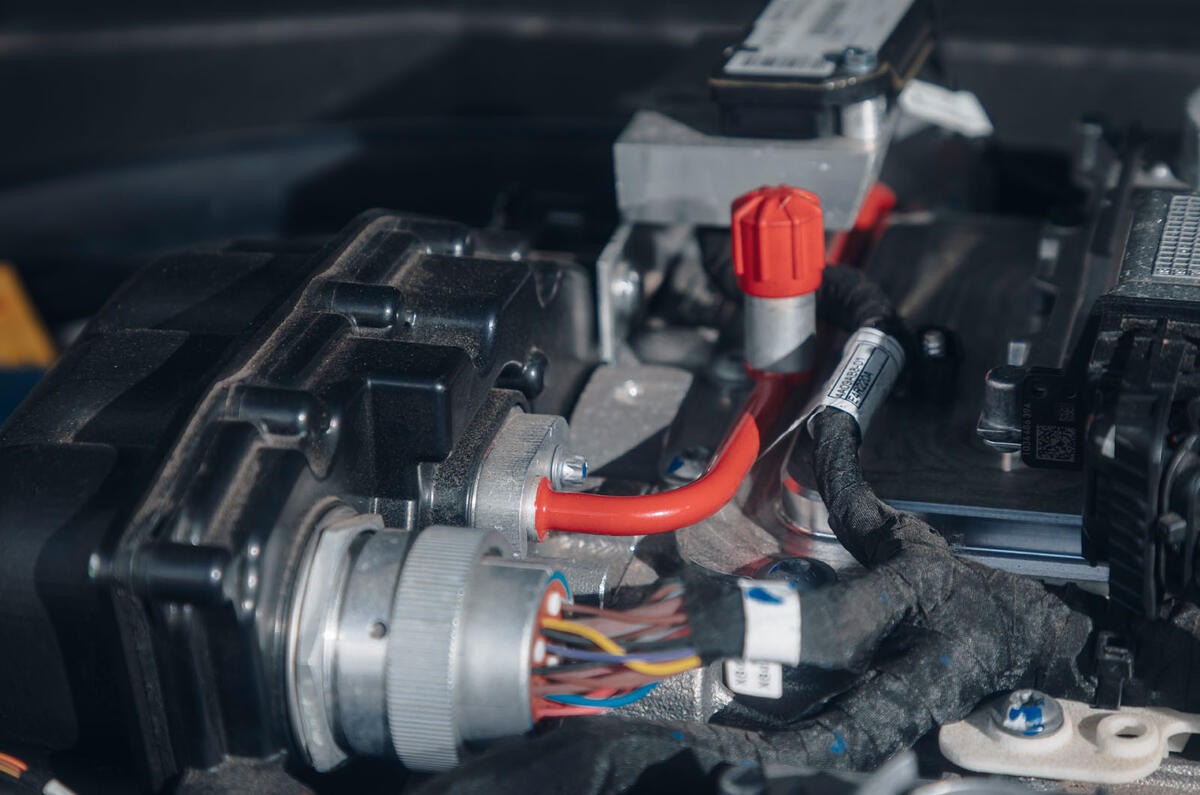
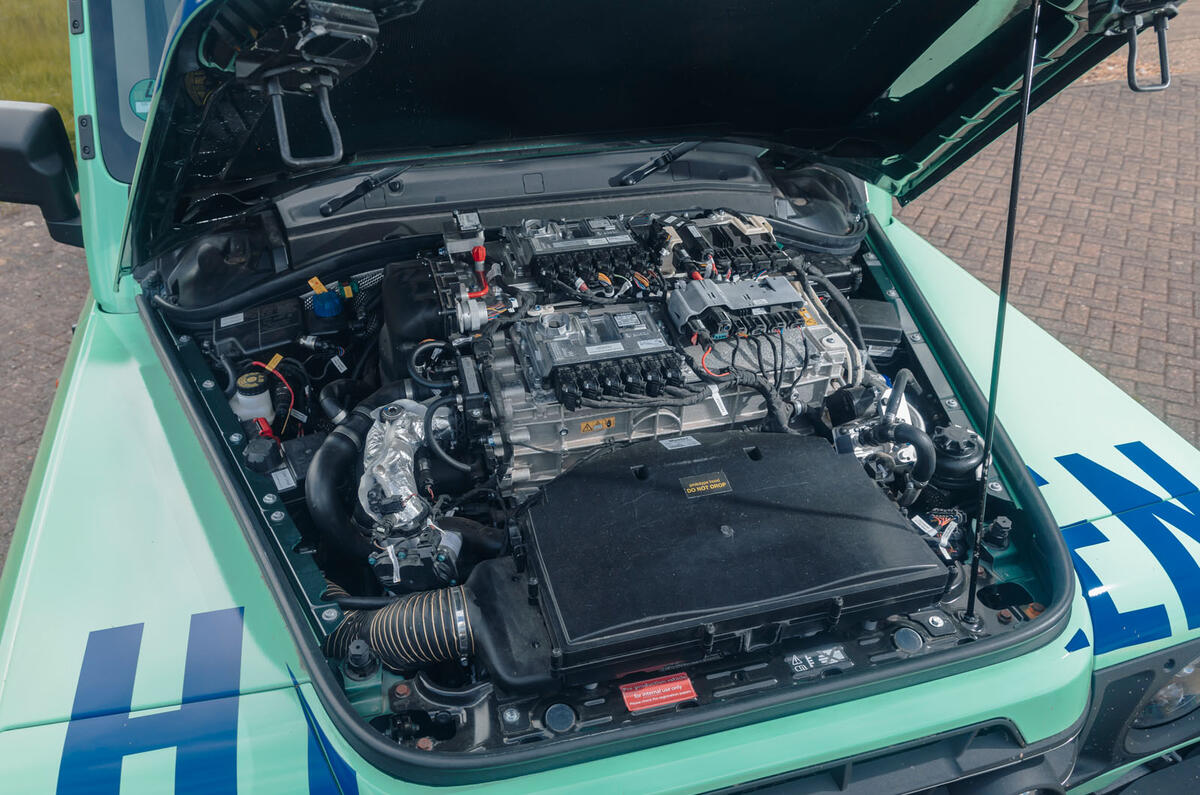














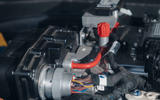
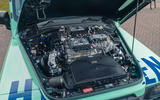




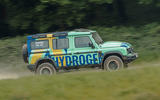






Join the debate
Add your comment
A hydrogen fuel cell is an energy wasting machine placed between a renewable energy source and an electric motor.
Get a grip Autocar! Ineos is a fossil fuel company and it also wants to be a hydrogen company. It just wants to sell fuel. So it is pushing hydrogen for cars when in fact everyone knows that hydrogen will never compete with battery electric for passenger cars, it's just too inefficient. Battery electric is better for consumers because it's 3x more efficient than fuel cells and 4-5 times more efficient than combustion cars. Only motoring journo's don't seem to understand basic maths.
So EVs are no good because you can't charge them in the middle of nowhere, but hydrogen which can't be filled up anywhere at all is somehow a solution?